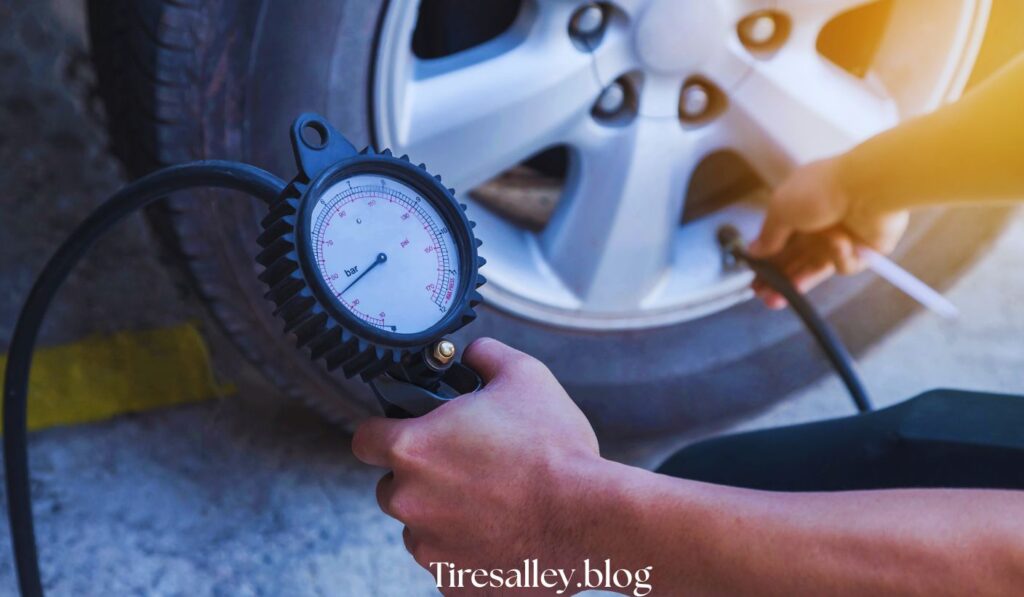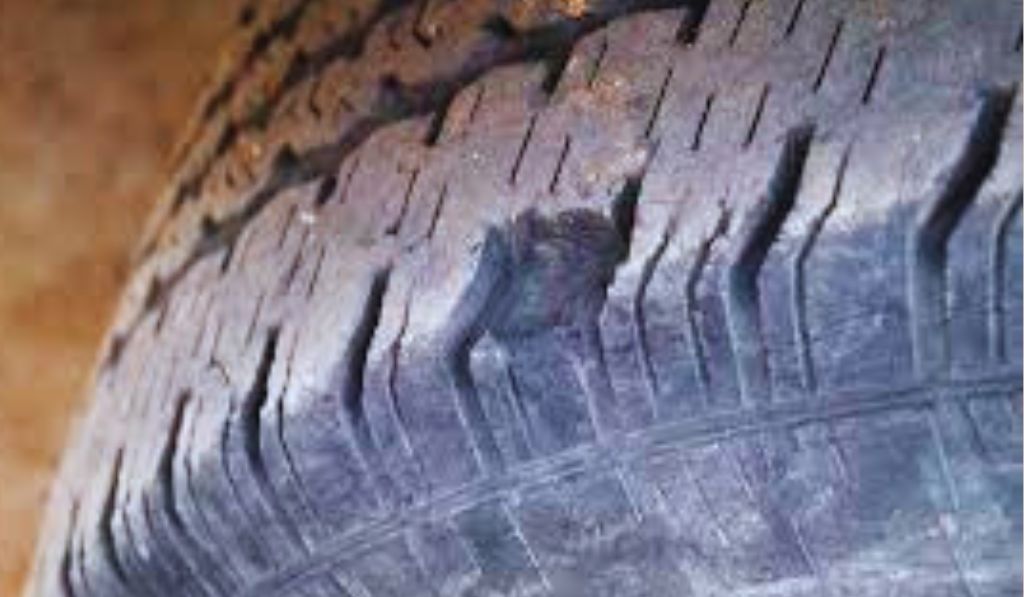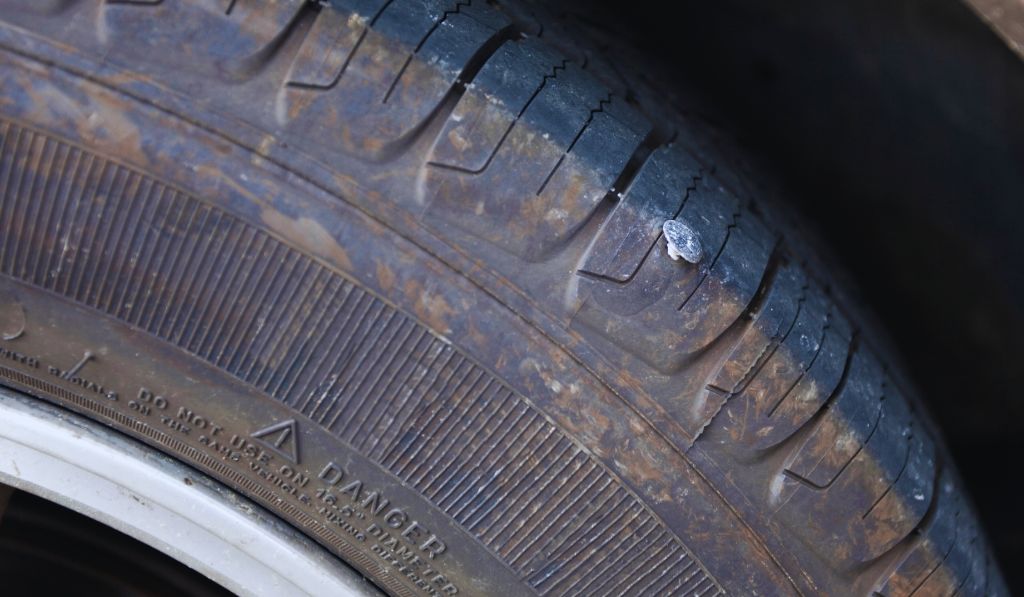Understanding the Difference Between 265 and 275 Tires
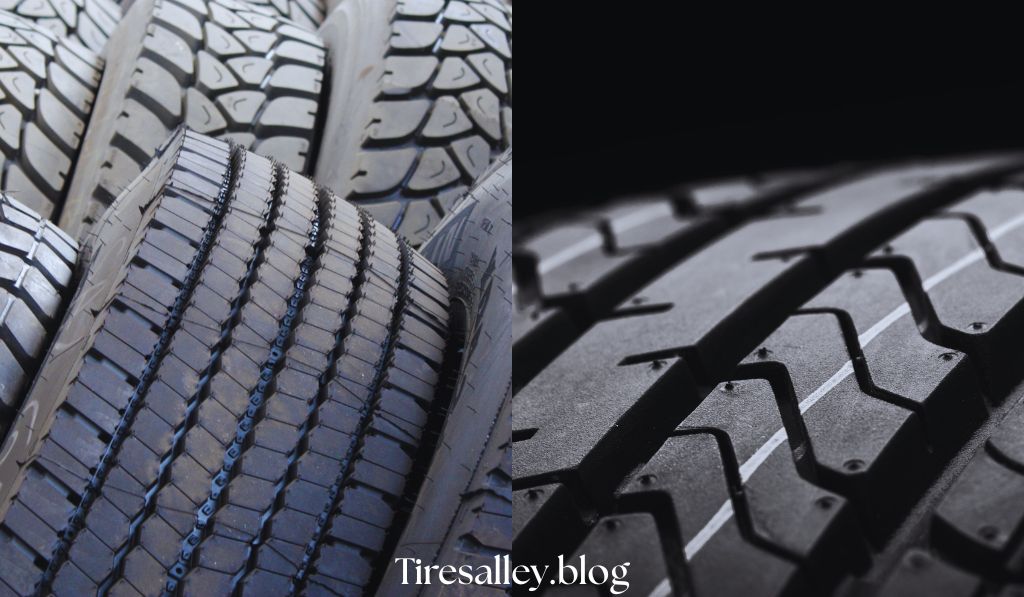
Introduction
If you’re new to buying tires, numbers such as 265 and 275 may look confusing to you. These figures are included in the tire symbol and help determine how your car works, uses fuel, feels to drive and how it appears.
We will go over the specifics between 265 and 275 tires, show you how to read tire sizes, list their advantages and disadvantages and give tips on selecting the best set for your vehicle.
If you’re buying a new set or just replacing your old tires, understanding these things will support your smart and safe buying decision.
Read also: Understanding the 315 75R16 Tire: Complete Guide
What Does 265 and 275 Indicate on a Tire’s Sizing?
The number before the R, 265 or 275, states the tire width in millimeters from side to side along the tire. Here’s what you need to know:
- Tires that are 265 tire wide have a width of 265 millimeters
- The tires are 275 millimeters wide.
So, the 275 is ten millimeters wider than the 265. Even though the difference looks minor, it can greatly affect your car’s handing, gas mileage and how it performs.
How to Understand a Tire That Is 275/65R18
When looking at tires, you’ll typically find the size written this way:
- 275/65R18
Let’s start by looking closely at this:
- 275 equals the width of the tire (in millimeters)
- 65 = Ratio that compares the height of the tire’s sidewall to its width
- Most modern tires and those recommended, are built using the radial construction, referred to as R.
- The wheel’s diameter is 18 inches.
That’s why a 275/65R18 tire means:
- The opening for the acoustic planars is 275 mm.
- Has a sidewall ratio of 65% of 275 mm
- Has an opening for wheels of size 18 inches
The format for 265 tires is the same. To illustrate, 265/70R17 represents that size.
- The PANO wall system has a width of 265 mm.
- There is 70% sidewall height, totalling 265 mm.
- Measures 17 inches across.
Key Differences Between 265 and 275 Tires
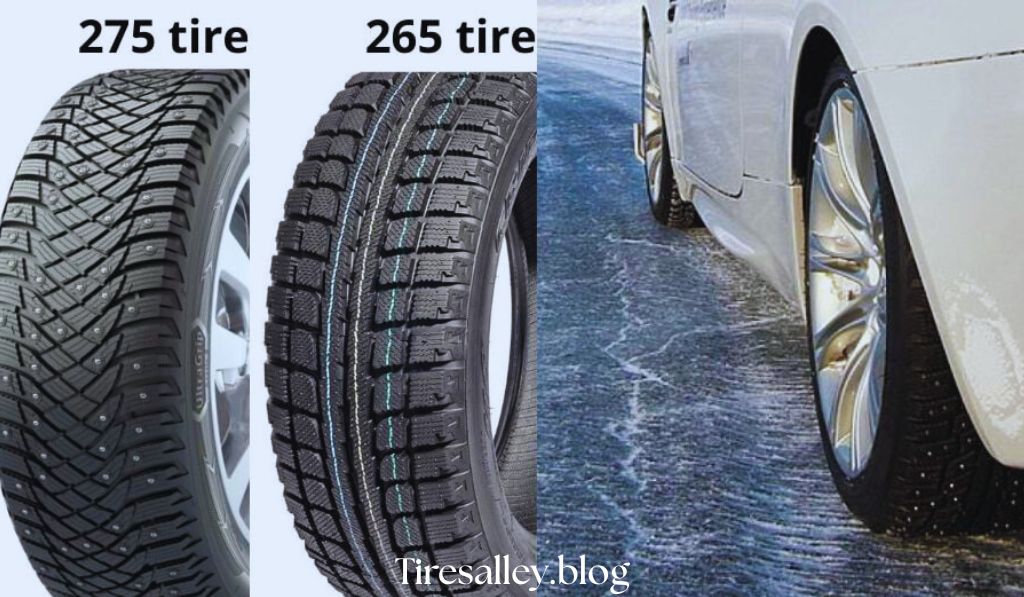 Comparative Analysis Between 265 and 275 Tires
Comparative Analysis Between 265 and 275 Tires
| Feature | 265 Tires | 275 Tires |
| Width | 265 mm | 275 mm (wider by 10 mm) |
| Traction | Good | Better in dry conditions |
| Fuel Efficiency | Slightly better | Slightly lower due to added friction |
| Handling | Smooth and controlled | Enhanced grip and cornering |
| Comfort | Slightly softer ride | Can feel stiffer on some vehicles |
| Appearance | More standard profile | Wider, more aggressive look |
| Cost | Slightly cheaper | Slightly more expensive |
| Compatibility | Common for SUVs | Used for larger trucks or performance SUVs |
How Do They Perform?
When you opt for 275 tires, their extra grip and contact with the road help you avoid skids, especially when you drive fast, whether on roads or off them.
But 265 tires remain highly responsive for every-day driving and make your ride smoother under usual circumstances. This performance gap is more easily seen in severe or advanced uses.
Fueling Your Car: Which Tire Will Save You More Money?

The larger 275 tires make bringing the car to speed a bit more taxing for the engine. Tires this size might provide less fuel efficiency than 265 tires.
Drivers who want to get the most MPG should consider 265 tires. Still, the difference isn’t very big — you should notice about 1 to 2 miles less per gallon in real-world driving.
How Riders Feel
With their slim profile, 265 tires can feel softer and be even quieter on highways. More importantly, their narrow design helps them drive through pools of water more efficiently.
Yet, for the extra contact, 275 tires may have a stiffer feeling, particularly when fitted on a car not made for such a size wheel. Even so, several people who drive trucks and SUVs like the firmer, secure way the vehicle responds.
Read also: How to Deflate a Bike Tire Properly: Complete Guide
Is It Cheaper to Buy Certain Tire Sizes?
Often, 265 tires are less expensive than 275s. On average:
- The tires that fit the small SUV cost anywhere between $130 and $200.
- Tire price ranges between $140 and $220 (per tire).
It’s true that the brand, model, load and tread matter for pricing, except that you generally pay slightly more for the 275 size compared to the 265: around $5–$20 more per tire.
Does Your Car Allow You to Use 275 Tires Instead of 265 Tires?
If your vehicle allows it, you can change to 275 tires after using 265 tires, but there are a few points to think about.
✅ Verify the dome light on the ceiling doesn’t contact the wheel well when it’s on
Narrow wheel wells or suspension parts can be hit by wider tires when there isn’t enough clearance. Check the instructions from the manufacturer or talk to an expert before carrying out any work.
✅ Make any Wheel Offset changes you see fit (if required)
In some cases, adjusting the wheel offset is needed after getting wider tires to avoid rubbing or trouble with the vehicle’s stability.
✅ checking if the speedometer is within proper calibration will greatly benefit you
Different tire sizes can make your speedometer and odometer readings off and this happens more often with larger wheels and different aspect ratios. You may have to reset your expectations now.
265 Tires:
- Mid-size SUVs
- Crossovers
- Light-duty trucks
- A number of off-road vehicles
275 Tires:
- Large pickup trucks
- Performance SUVs
- Trucks and vehicles that have been modified to drive off-road
- Trucks equipped with performance improvements for towing
The desired tire width is provided in the owner manual or marked on your door. If you go more than recommended, the car may not drive as well or safely.
A summary of the pros and cons is provided below.
✅ Advantages of 265 Tires:
- Greater economy with fuel
- More affordable
- A ride that is easier on the ears and increases comfort
- It works just as well in both rain and snow.
❌ My experience with 265 tires has shown these shortcomings:
- Not as much holding power
- Not as fierce in their shape or form
✅ Lots of benefits of 275 Tires:
- Improved traction
- It’s more sporty and has wider looks.
- Better handling when turning.
❌ Negatives of 275 Tires:
- Functioning efficiency is 3% less than standard.
- May be a bit harder to move
- May involve having your vehicle cleared or modifications to the wheels
Frequently Asked Questions: 265 vs 275 Tires
Could I put 275 tires on the rims that came with my 265 tires?
Usually you can use both wheels, as long as the rims are thick enough. Be sure to see if your wheels fit the width range of 275s (since 265s are often compatible as well).
Will my truck still be capable of towing with 275 tires on it?
Most times, putting on slightly wider tires will not worsen towing ability and can in fact improve stability.
Is there a difference in safety between 275 tires and 265 tires?
Not always. If you follow the installation and inflation guide, there’s no safety issue. The 275 may be stickier, but the 265 model is made for handling in snow.
Should I replace all four tires if I go from 265 to 275?
It is better to use the same size tires for all four wheels for optimal handling and even wearing.
Should You Pick 265 or 275 Tires?
Both tires are great choices, but which you choose will vary on your car, how it’s driven and your likes.
If you are looking for 265 tires, then read on.
- More miles can be driven with less fuel.
- Lower cost
- Riding is more peaceful and comfortable.
Pick 275 tires if your goal is:
- An improvement in handling corners and Dry control
- A look that is broader and has more edge
- Better capabilities on difficult terrains or when pulling something behind the vehicle
Always ask your vehicle manufacturer or a trained tire expert before making a size change. When you choose carefully, your car will perform better, be safer and be more comfortable to ride in.

